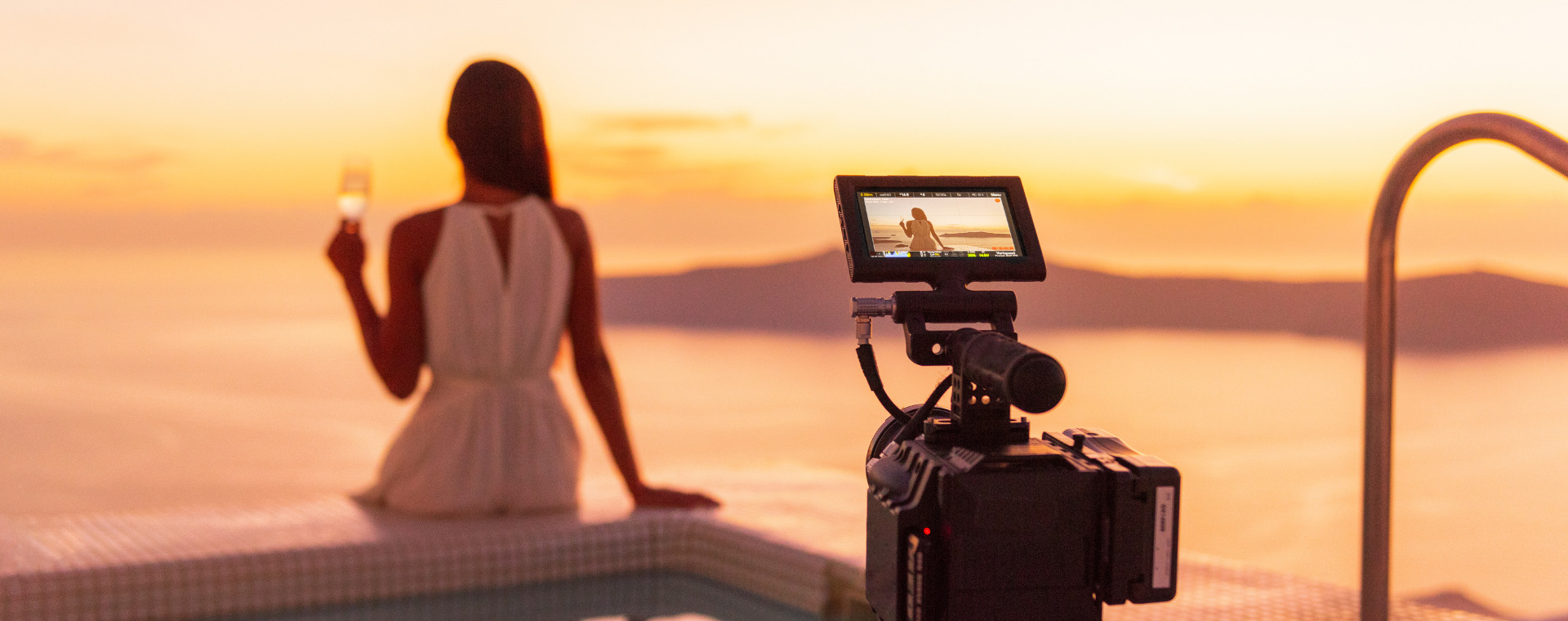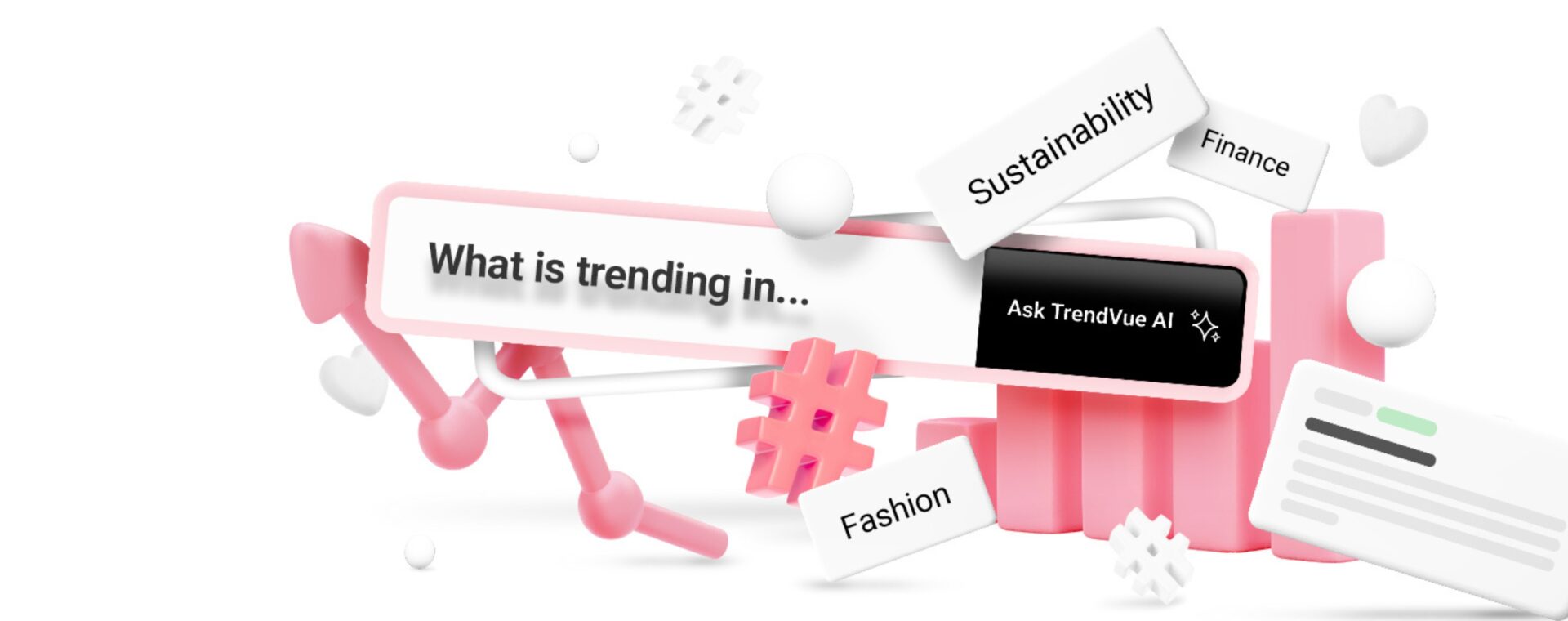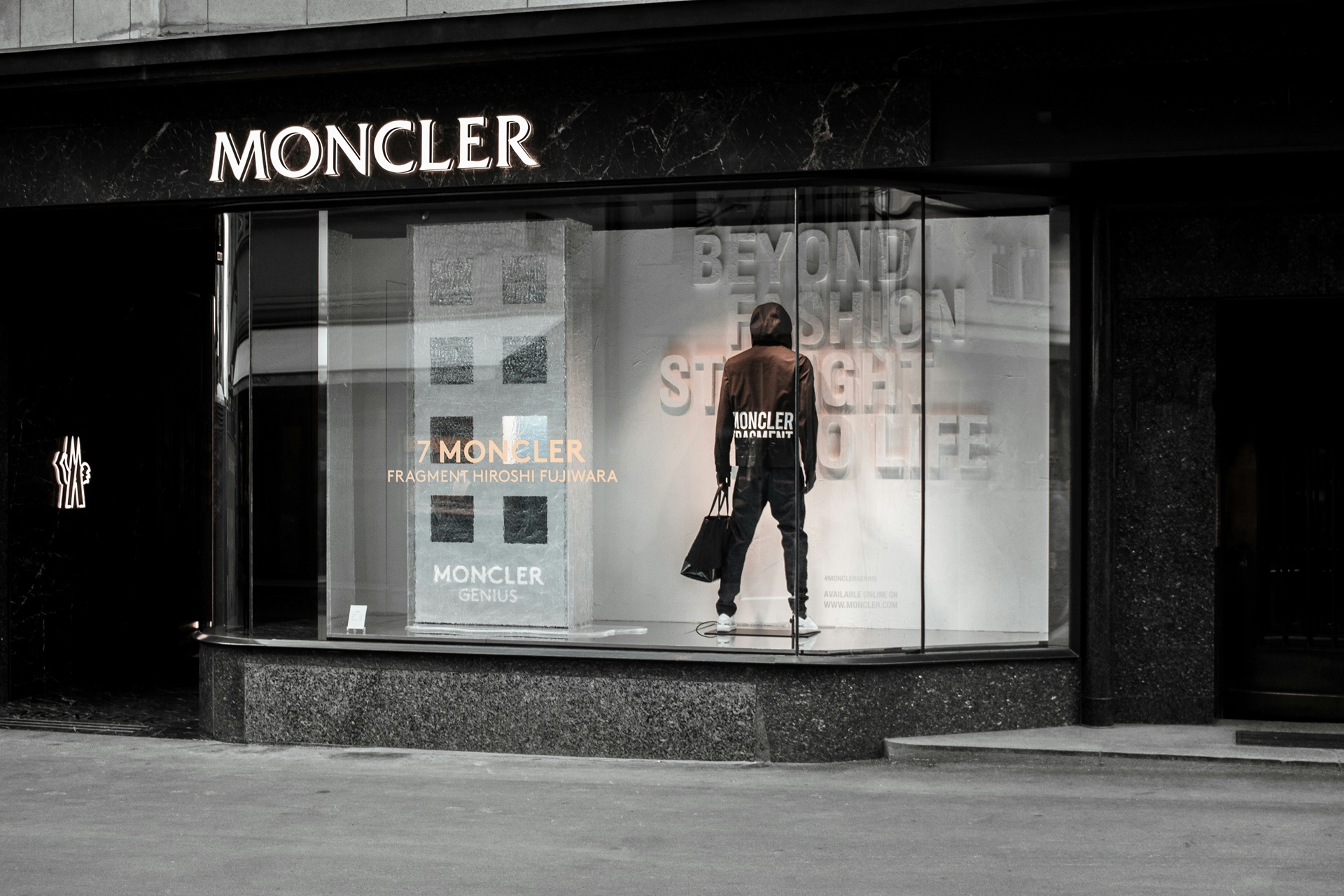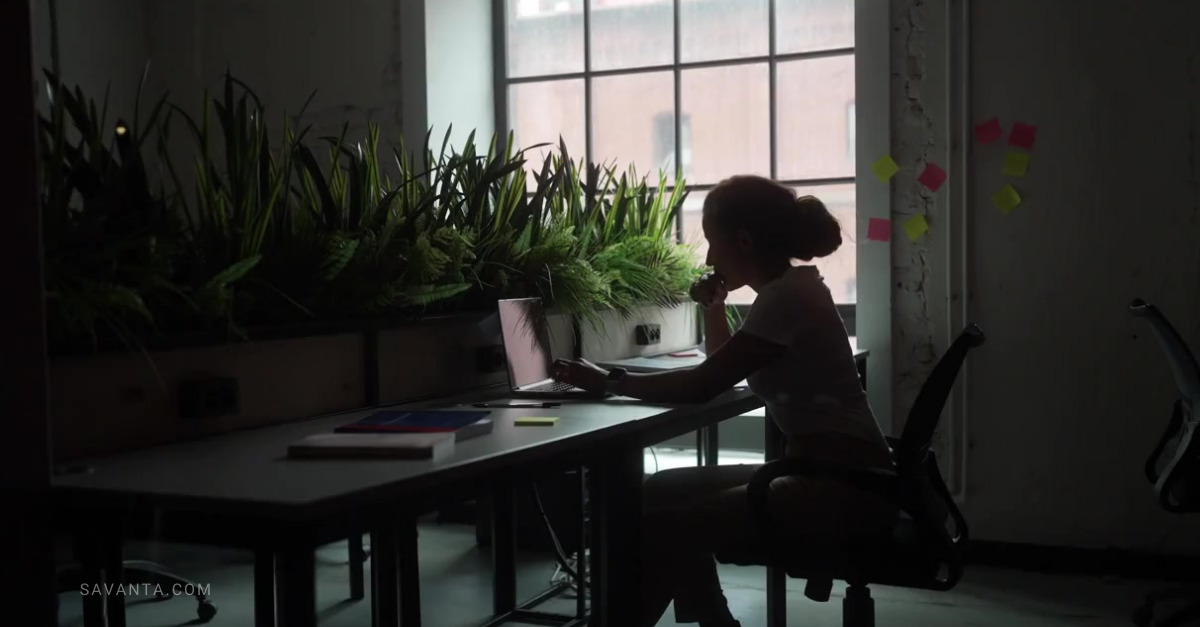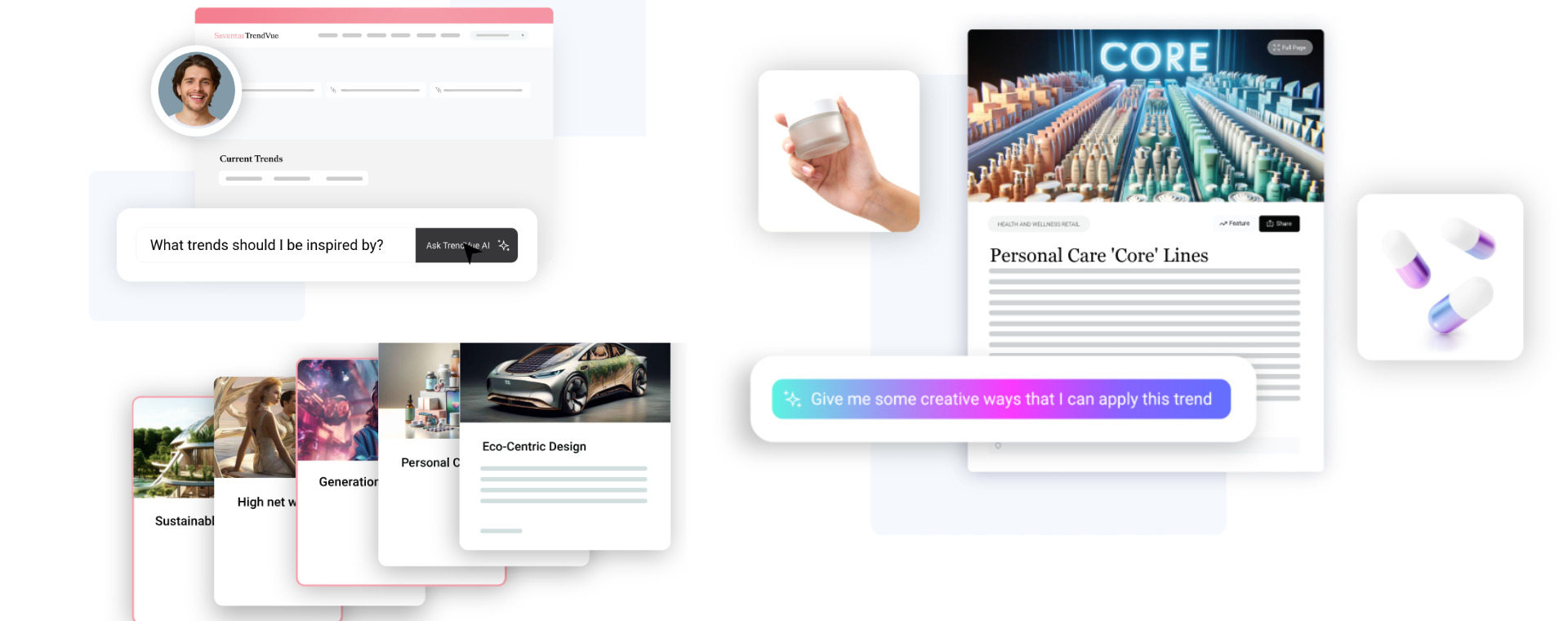
By now, most people know who an “influencer” is – in fact, at the end of last year, Oxford English Dictionary added the word “influencer” to the dictionary.
When compared to conventional celebrities, influencers are more trusted and relatable – and consumers, especially young consumers, feel much more connected to them and are therefore heavily influenced to purchase based on their recommendations. This sense of relatability is key in driving purchase, and is incredibly effective – according to our recent omnibus data, 78% of young people have made a purchase based on what they’ve seen from an influencer, with over half (54%) having made a purchase in the last six months.
Digging further into influence on purchase, looking specifically at TikTok, our State of the Youth Nation data reveals that 15% of young people have bought something they’ve seen on TikTok in the last 2 months, and this rises to 20% of 16–17-year-olds and 24% of Gen Z females.
Focusing more specifically on luxury influencers, who promote luxury brands and lifestyles – for young people, these influencers are a source of inspiration and aspiration, and provide a sense of escapism. Social media is now a key arena for luxury brands to build awareness and purchase with Gen Z – and driving this through influencer partnerships will be key, as by 2030 Gen Z (and Gen Alpha) will make up a third of the luxury goods market according to a report by Bain & Co. Therefore, getting luxury brand partnerships with influencers right will be key for brands to generate long term attraction, and eventually purchase, when Gen Z reach their earning potential.
View this post on Instagram
However, there is a rising issue within influencer marketing – influencers are so driven to create aspirational content that they are losing sight of the very thing that ensures their success: aspirational content must also be paired with authenticity and relatability. Poor influencer partnerships could risk alienating Gen Z.
Where influencers and brands have got it wrong
Coachella, or the “influencer Olympics” creates an enormous amount of engagement – 16% of young people actively searched for content from the festival this year. However, influencers have recently come under fire for posing content from Coachella despite the fact they didn’t attend the festival itself.
There is a fine line between influencers appearing aspirational and appearing out of touch. An example of a luxury influencer who got it wrong recently is Lydia Millen. Lydia Millen sparked a wealth of backlash on TikTok after posting that she was going to stay in the Savoy because her hot water was broken, a trip that appeared to be an ad partnership.
Flaunting wealth on social media is obviously not going to be an issue for those already wealthy. However, when targeting Gen Z who are entering the luxury market, getting the balance between relatability and aspiration is key.
Where influencers and brands have got it right
Emma Chamberlain, who originally started as a YouTuber, has developed a reputation for experimenting with fashion and luxury fashion, whilst also maintaining her love for comfortable clothing and thrifting. She has had a long-standing partnership with Louis Vuitton, making her Met Gala debut wearing a dress from the brand, and attending their Fall ‘22 show. By maintaining her humour and sense of being down to earth, whilst curating a path as a fashion trendsetter, viewers are happy for her success and feel a sense of affinity to the brands she works with, rather than feeling affronted.

Another successful influencer who has partnered with luxury brands, whilst remaining true to their roots, is train-enthusiast Francis Bourgeois. Francis who garnered fame on TikTok for posting go-pro reaction videos to trains he spotted, showcasing his joy and passion for trains. Francis partnered with Gucci and North Face back in 2022 for the launch of their new collection. Recently he partnered with Dior, who invited him on a journey on the Royal Scotsman – in a TikTok promoting the journey, Francis included his signature go-pro reaction of himself on the journey, ensuring the content felt familiar and authentic to his audience, whilst wearing and showcasing Dior: featuring decadent, traditional carriages that Francis describes as “cosy luxury” – ensuring Dior brand connotations are recognisable and aspirational.
In a similar spirit, see below the influencer’s latest collaboration with Gucci.
View this post on Instagram
Outcome for brands
The best collaborations are long-term partnerships with influencers who have developed a level of trust with their audience base: partnerships that don’t compromise either the brand’s identity and image, or the influencer’s identity and personality, ensuring they are empathetic and aspirational.
Whilst influencers have core followers/those who engage with them on TikTok, their posts are at the mercy of the algorithm and could land on the page of users less engaged with their type of content – creating the potential for backlash when content is seen to be portraying unreachable levels of luxury. Luxury brands perform best when using TikTok to drive awareness rather than specific purchases – weaving the brand into entertainment and typical content from influencers, planting the seed of brand love.
